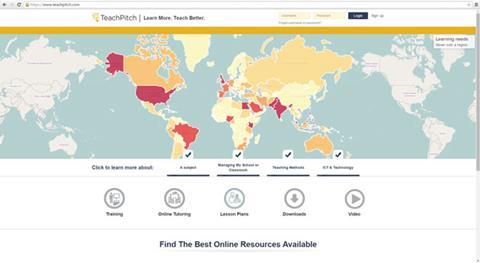A chemistry resource platform from across the pond
Every teacher has run up against the resource problem: tools for learning and lesson planning are plentiful, but their quality varies massively. An internet search for resources for any secondary school chemistry topic will return millions of results – how does a teacher find the time to look through them to find the right resource for their class?
Recently, I was lucky enough to travel to the National Science Teachers Association national conference in Chicago. It was a fantastic opportunity to compare the outlook of chemistry teachers in the US with that of the teachers I’ve spoken to in the UK. Variations in culture and curriculum aside, I was struck how often the same pressures and limitations would come up in conversations. Budget constraints, time constraints and the overpoliticisation of the classroom appear to dog teachers universally.
So it was genuine privilege to introduce US teachers to Learn Chemistry, the Royal Society of Chemistry’s learning resource platform. Learn Chemistry curates thousands of fantastic resources and activities and makes them easy to find. It solves the resource problem: it’s quick and the results are always useful.
Teach Pitch [link no longer available] is a platform that’s taking a different approach to solving the same problem. It’s aim is to provide teachers of all subjects with a searchable repository of online learning material tagged by subject, time to complete and learning level (by age).

Teach Pitch allows it’s users to curate resources and share collections. While this is augmented with in-house curation, the result, at least for the moment, is that the quality of the content isn’t always great. You can search the database by content type (video, audio, tests, lesson plans) or even source (such as Khan Academy or Edutopia). Currently most of the chemistry resources on the site appear to be university lecture videos or notes.
The platform currently boasts thousands of users; like any social network, its utility is closely tied to the uptake of the service by the community.









No comments yet